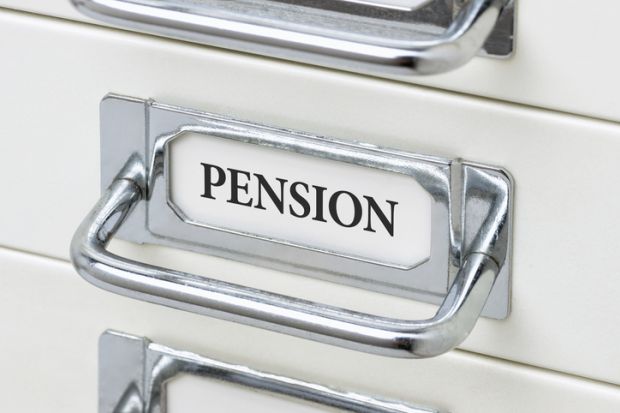The current Universities Superannuation Scheme pension valuation is challenging.
The issues that we have had to address are not unique to us or to the higher education sector. They are much broader issues about future economic growth, future investment returns and how they influence the ability of employers to underwrite pension promises.
There has been much commentary on the USS process and speculation on the outcome. It is important that members understand the key issues, the role of the trustee and the path to resolving the challenges.
What is the USS’ role?
The USS is the trustee. Our first focus is to ensure the security of benefits already earned. The second is to ensure that pensions promised today are secure. We do this, objectively and independently of employers and members, by taking a prudent view of economic growth and future investment returns and how they influence the payroll contributions required to fund a given level of benefits.
The objective is to provide employers and members with the best pension possible – but within the limits of what can be afforded if our central predictions of the future turn out to be wrong. Employer and member representatives, through the Joint Negotiating Committee (JNC), must then decide the level of pension offered based on our costings.
What has the USS decided?
The trustee believes that the cost of current benefits has risen substantially: contributions would need to rise by at least 11 per cent of pay from the current 26 per cent. If bought through insurance companies, the cost would probably exceed 60 per cent of pay. By leaning on the financial strength of the higher education sector, we aim to do much better.
We do this by continuing to invest in assets that we expect to return more than the low-risk assets required of insurance companies. We are constrained in this approach by the need to ensure that if the returns don’t materialise, employers in the future can afford to make up the difference. It is the trustee’s duty to ensure that the potential future call on the sector is not too great.
What has changed?
Two things have changed significantly: the returns that we can expect on our investments in future have fallen, and the risk surrounding our forecasts of these returns has increased.
In 2014, we forecast the scheme’s investments (about 60 per cent equity-like; 40 per cent bond-like) would return about 5 per cent per annum.
Since then, investment values have soared, largely because general expectations of future returns have fallen. Higher purchase prices now lower the future return we can expect. Secure investments such as UK government bonds (gilts) are offering much less future income (gilt yields have fallen by 1.6 per cent per year from already below-inflation levels in 2014), so investors have looked elsewhere for secure returns. That has increased competition across all asset classes and driven up prices.
Lower future expected returns have to be offset by higher future contributions, reduced future benefit promises – or a balance of the two.
Risk levels have also risen since 2014. At March 2017, our assets of £60 billion were £23 billion less than we would need to invest in a low-risk portfolio that gives a 95 per cent confidence of being sufficient to pay all pensions earned to date with no further contributions. This is an indication of how much we rely on the sector to support expected returns from riskier investments. The same gap was £14 billion in 2014.
The trustee expects this gap to close over the next 20 years – largely due to markets realigning towards historical norms, but what if we are wrong and the gap remains static, or a stock market crash widens it? There are credible scenarios where making good on past promises could require substantially higher contributions for long periods, which could impact younger generations harshly.
What feedback has the USS considered?
Our conclusions are made objectively after taking independent advice, with full disclosures to the JNC and following a formal consultation with employers through Universities UK.
The trustee’s independent actuary confirms that our assumptions are towards the optimistic end of the range he considers suitable. Other advisers have separately reached the same conclusion.
The Pensions Regulator has questioned whether the scheme’s sponsors could afford to provide the extra financing should there be another market shock. The scheme’s sponsoring employers have clearly told us that they wish to minimise the chances of this happening.
The trustee has taken all these inputs on board, and balanced them, in reaching its conclusion.
What happens next?
The JNC now has a difficult task: to decide on future benefits. We need to demonstrate to the Pension Regulator that the scheme is in balance by 30 June 2018.
After a JNC decision, the changes proposed must be consulted upon by employers with more than 200,000 affected employees and, once agreed, more than 350 employers must be consulted by the trustee on the required contributions.
The JNC asked the trustee to pause its formal processes in June 2017 to allow more time for parties to negotiate on future benefits and agreed to commit its resources over five months for a decision before 1 December.
We have no discretion on the statutory timetable, and a JNC decision is needed soon to meet it.
Bill Galvin is group CEO of the Universities Superannuation Scheme.




